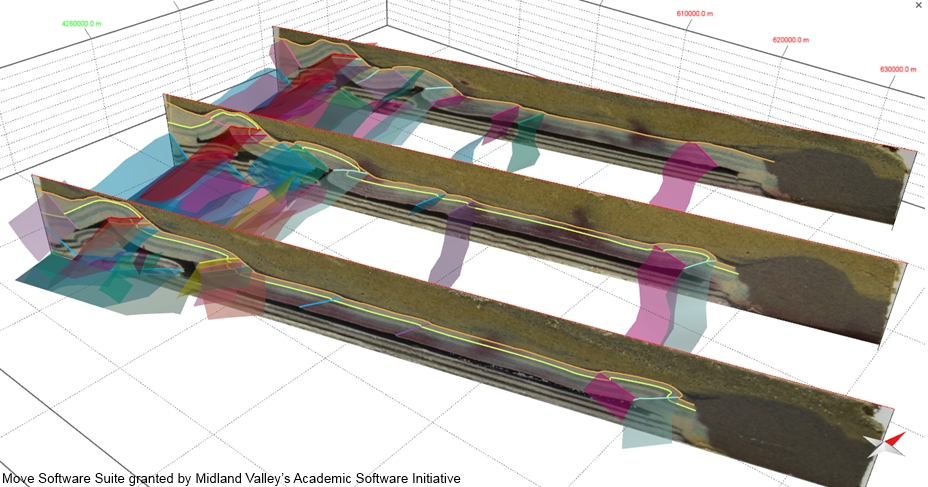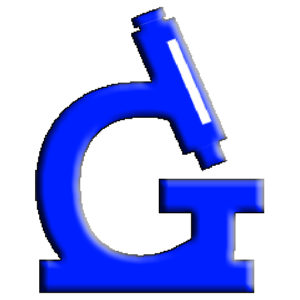
The Analogue Modelling Laboratory is part of the Geology Department, Babeș-Bolyai University, Cluj-Napoca. With the existing analogue modelling apparatuses, we are capable of modelling and monitoring deformation in regimes from compression to extension and strike-slip (including transpression and transtension). The modelling apparatuses are powered by a Nema 34 stepper motor, with a holding torque of 7.7 Nm. The motor controller and software are self-designed and are based on Arduino & Processing.
Deformation is monitored using digital DSLR cameras, X-Box Kinect 360 IR camera and projector, and force sensors (strain gauges). Based on the time-lapse images acquired by the DSLR cameras and the use of digital image correlation techniques (Particle Image Velocimetry – PIV) in MATLAB (PIVLab software), displacement vectors are computed. From these, several attributes like velocity magnitude (general and for separate axis), strain rate, divergence, cumulative displacement, etc., can be calculated. Force sensors are also used in some models, with the scope of better understanding the kinematics of model deformation (in cylindrical models). The Kinect camera is used together with a modified version of the AR Sandbox software to acquire Digital Elevation Models (DEM) of the experiments.
After the models are finalised, they are wetted using a water-gelatin mixture. Closely spaced serial sections are cut and photographed. The section photographs, together with the PIV and DEM are used to better interpret and understand model deformation (in software like: Move, Petrel, OpendTect, ArcGIS, etc.). In some cases, 3D voxel models are reconstructed from the serial cut sections with the scope of visualising other section orientations (i.e. horizontal) within the model (achieved using a medical image processing and scientific visualisation software – MeVisLab).
The commonly used modelling materials for the brittle behaviour are dry, coloured, nearly pure silica sand, glass microspheres and kaolin, while for modelling the viscous behaviour we use PDMS Silicone.
Principal Investigator: Dan Mircea Tămaș
PE Limited is acknowledged for the free donation of software with the commercial equivalent price of £1,928,384.01: MOVE, 2D Kinematic Modelling, 3D Kinematic Modelling, Geomechanical Modelling, Fracture Modelling, Fault Response Modelling, Fault Analysis, Stress Analysis, Sediment Modelling, MOVE Link for Petrel, MOVE Link for OpenWorks and MOVE Link for GST.
